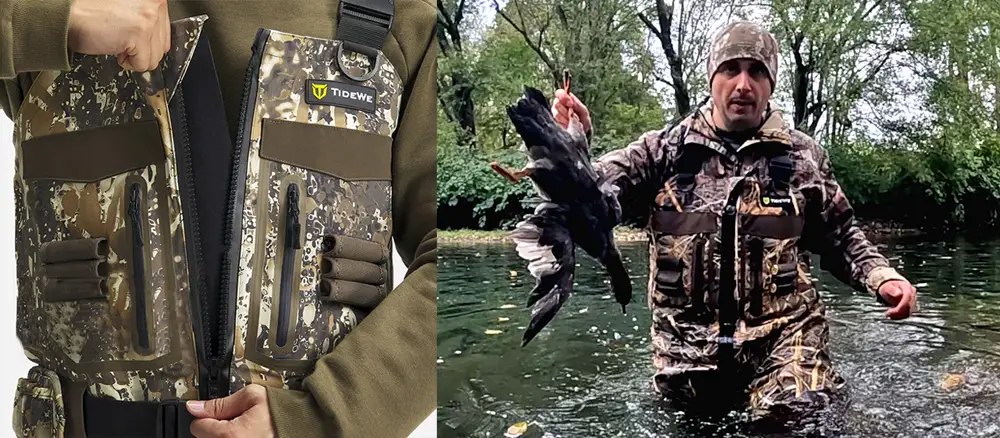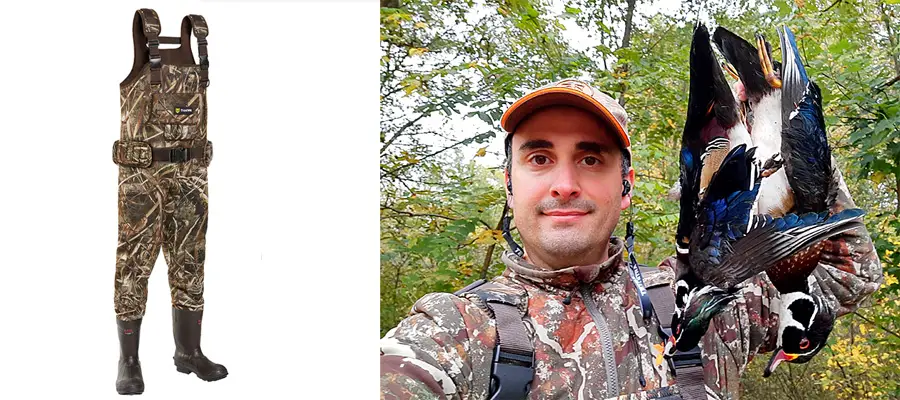Why and how do you hunt deer with a shotgun? This is a beginner’s guide and provides an all-round understanding of the shotgun hunting landscape including different levels of shotgun hunting, types of guns and ammo, slugs vs. buckshot, how to get ready for your first deer hunt with a shotgun and much much more.
This article was sponsored by QuikCamo. Turkey hunting can be both enjoyable and fulfilling, but it often requires patience. Gobblers can be tough to track, and after spending hours in uncomfortable camo gear, it can feel…
On this episode I talk with the man who knows more about choke tubes than anyone else I’ve ever met. Lifelong hunter, sporting clays champion, master tool maker, and owner of Muller Choke Tubes, Jimmy Muller. Put your seatbelt on, we are going to cover some very Indepth and important info.
How do you find out what really works when it comes to waterfowl hunting ammo? Well, you talk to a lifelong hunter, sporting clays champion, and owner of one of the most innovative companies in the hunting industry, Jimmy Muller of Muller Chokes.com. On this episode we dig into some of the nitty gritty about waterfowl ammo, what works, what doesn’t, and why.
The TideWe DeepWade zipped hunting waders are some of the best breathable waterfowl hunting waders on the market. I was very impressed with the quality and features of these waders. They are very well thought…
The TideWe Seeker Neoprene Hunting Waders are a very unique piece of gear with some serious strengths. They are the best waders for the money that I have found thus far. I nearly passed on…
What is the number 1 thing holding people back from becoming great hunters? It is a question that can be answered, and in this episode, I go in depth to help you not just realize the biggest thing holding hunters back, but also what you can do to overcome it!
Get your FREE Tetra Hearing 2-Year Extended Service Plan. Simply add this plan to your cart and use this code at checkout to make it free: NewHuntersGuide
How early should you arrive at your deer stand in the morning vs. in the afternoon? The answer is almost never as clear cut as people want it to be. But that is always the reason so many hunters have such limited success. On this episode I talk about several of the factors that impact when deer will be in front of your stand and when you should get there to hunt those deer.
Getting better at waterfowl hunting does not happen by accident. Last season I did a series of things different, smarter, and better, that resulted in a much more successful season. Not only did I take more birds than ever before, but I did that while taking fewer shots and seeing fewer birds as well!
Get your FREE Tetra Hearing 2-Year Extended Service Plan. Simply add this plan to your cart when purchasing a Tetra Hearing device and use this code at checkout to make it free: NewHuntersGuide
Wood ducks are one of the most pervasive and beautiful ducks in all of North America, they are a treasure to hunt and make good eating too. On this episode I am going to walk through the basics of how to hunt wood ducks and the kind of gear and strategy you need to be successful.
Get your FREE Tetra Hearing 2-Year Extended Service Plan. Simply add this plan to your cart when purchasing a Tetra Hearing device and use this code at checkout to make it free: NewHuntersGuide



